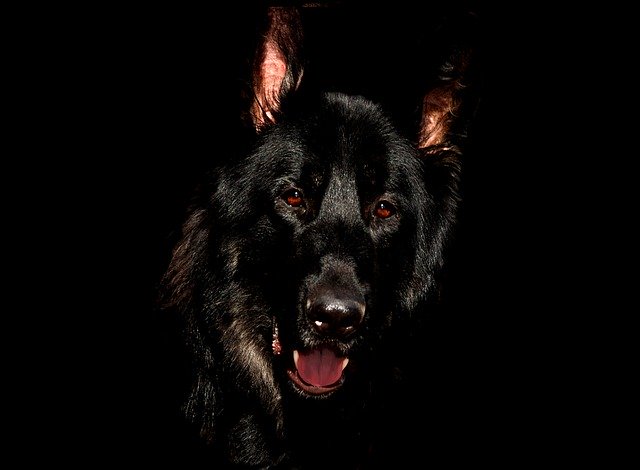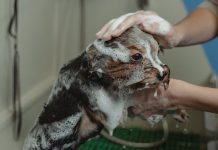What is Cherry Eye in Dogs ? Cyst or prolapse of the lacrimal gland of the third eyelid, better known as the cherry eye, is a common occurrence in young dogs around the first year of age, and occurs when the lacrimal gland of the third eyelid swells and becomes inflamed.
Cause
The development of a cyst of the third eyelid can occur for several reasons, and most often they are the predisposition of a certain race and hereditary predisposition. More endangered are brachiocephalic breeds of dogs such as Pekingese, Poodle, English and French Bulldog, Beagle, Cocker Spaniel, as well as Great Dane and Newfoundland. The most common reason is the blockage of the excretory ducts through which the protective mucus is secreted, the gland swells and its inflammation occurs.
Diagnosis and treatment
The diagnosis is established by a veterinarian, by an ophthalmological examination. As the gland is exposed to external influences, inflammatory phenomena occur, as well as weakening or even complete cessation of gland function. This can further lead to discomfort and pain due to lack of tears.
The condition caused by the cherry eye is treated surgically, which returns the lacrimal gland to its physiological position. This procedure primarily repairs the damaged ligament of the lacrimal gland, and less often excision (removal) of a part of the lacrimal gland is used. Drug treatment is understood as part of the therapy, but it cannot solve the problem caused by this condition on its own. It is important to note that in some cases recurrence is possible, most often in the same eye.
When it comes to prevention, the most important thing is to maintain proper and regular eye hygiene for your pet, especially if he is a member of one of the listed breeds. Most often, proper hygiene implies cleaning the eyelids, corners, and the surroundings of the eye with physiological solution, as well as regular shortening of the hair around the eyes, in long-haired breeds.
The advice is to contact your veterinarian to maintain hygiene because the method of application of prevention depends on many factors.





